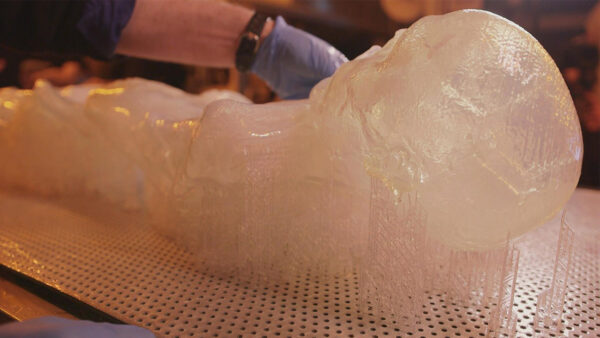Yellowstone is no ordinary wilderness – a lost world of vast plains and endless forests defended on all sides by towering mountains, home to America’s last great bison herds and realm of the wolf.
It is also the most extensive thermal area on Earth. There are more than 10,000 boiling springs, fumaroles and bubbling mud pots here and more geysers than the rest of the world put together – these strange natural wonders first made Yellowstone famous and still make it unique today.
Larger than some U.S. states, Yellowstone is one of the world’s last and most spectacular wildernesses – a global icon of natural beauty. Against its vast and majestic landscapes, full of lush meadows, deep forests and violent hot springs, this three-part series follows the intertwining stories of Yellowstone’s iconic inhabitants: the grey wolf, the grizzly bear and the herds of antelope and buffalo.
In a land of beauty and peril, the dramatic lives and fortunes of its animals are inexorably bound together. Intimate and emotional, epic and engaging, Yellowstone reveals the grandeur of this amazing place as its animals struggle to survive over the course of three vividly changing seasons.
“Yellowstone” airs Fridays, Oct. 12 and 26 and Nov. 2, at 9 p.m.
Oct. 12: “Winter”
Yellowstone in the depths of a bitter winter: beautiful yet full of peril. Survival is everything. The wolves are expert hunters in the snow – and confident enough to take down fully-grown buffalo. As winter deepens, and the herds of elk and bison get weaker, the wolves get stronger. Yet whether a wolf or a bison makes it through is intimately linked to Yellowstone’s greatest secret – the giant volcano hidden beneath the snow-clad surface.
Oct. 26: “Summer”
In only a few weeks, Yellowstone’s deep freeze has been transformed into a flower-decked nursery for the year’s young. As a grizzly bear family emerges from their den at Snake River, the mother finds an abundance of food for her new cubs. She has to fight to defend her prey against the newly-dominant wolves, bald eagles and the local coyotes. It’s a time of great activity – and the cubs’ curiosity constantly puts them in danger.
Nov. 2: “Autumn”
As summer turns into vivid autumn, the mood of the landscape changes again. Autumn is Yellowstone’s shortest and most unpredictable season – a race for all living things to fatten up or bed down as winter looms ever closer. The animals that can migrate to escape the oncoming freeze prepare for long journeys, some for the first time. Those that remain face an even tougher struggle.





















